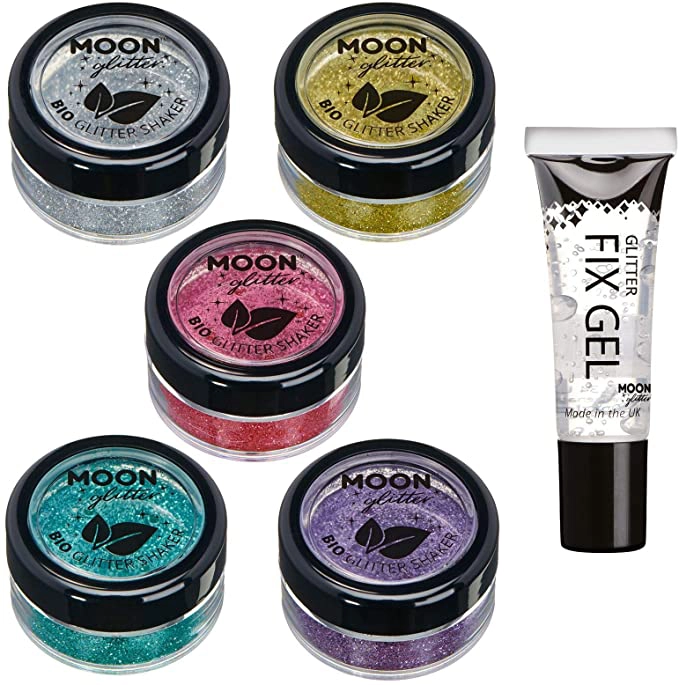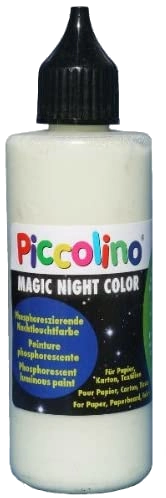
If you are not lucky enough to observe fireflies at home, at nightfall, create this illusion yourself, by making phosphorescent lanterns.
You will need:
- A jar
- Phosphorescent paint
- A brush
- Liquid glue
- Glitters
- Paper wipes
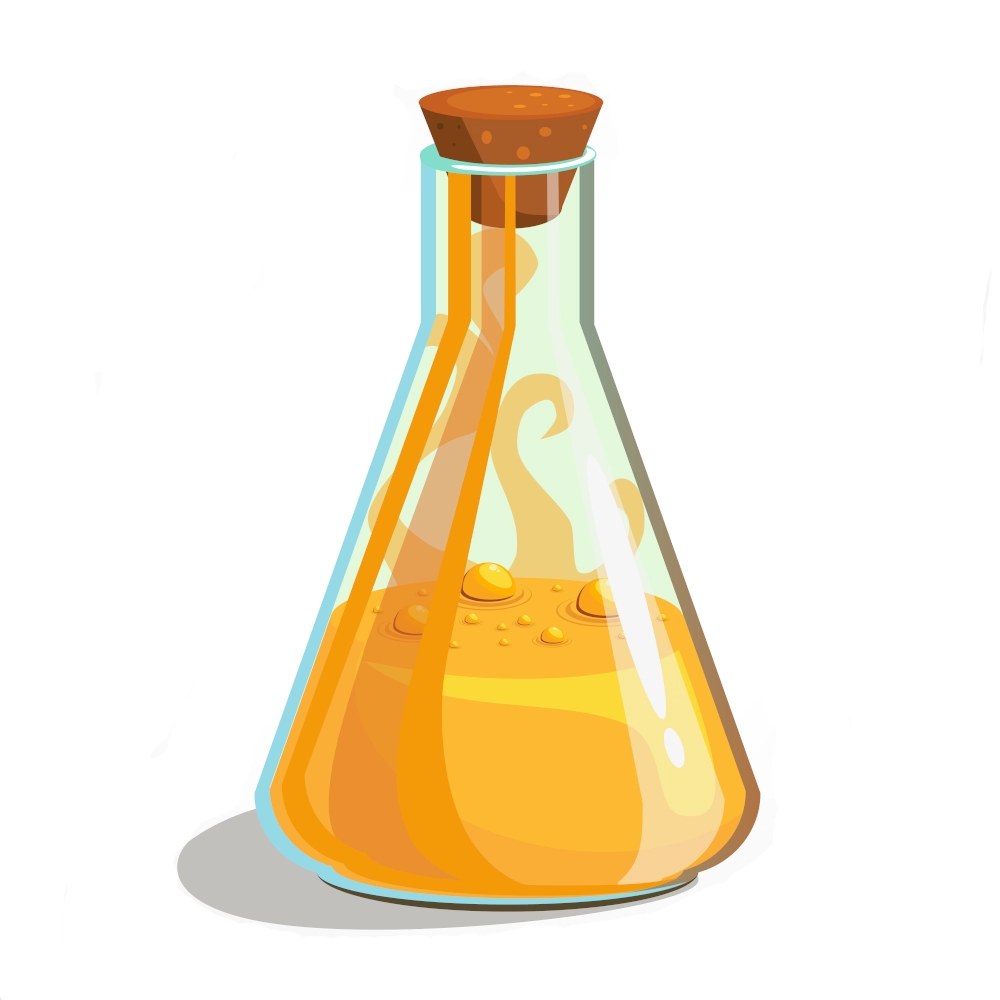
From 7 years old

Difficulty : easy
Buy online

Let's experiment
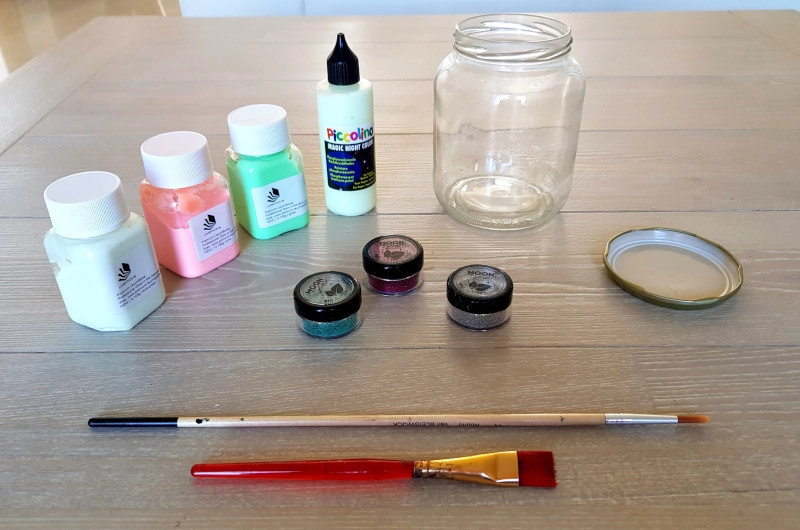

Gather everything you need.

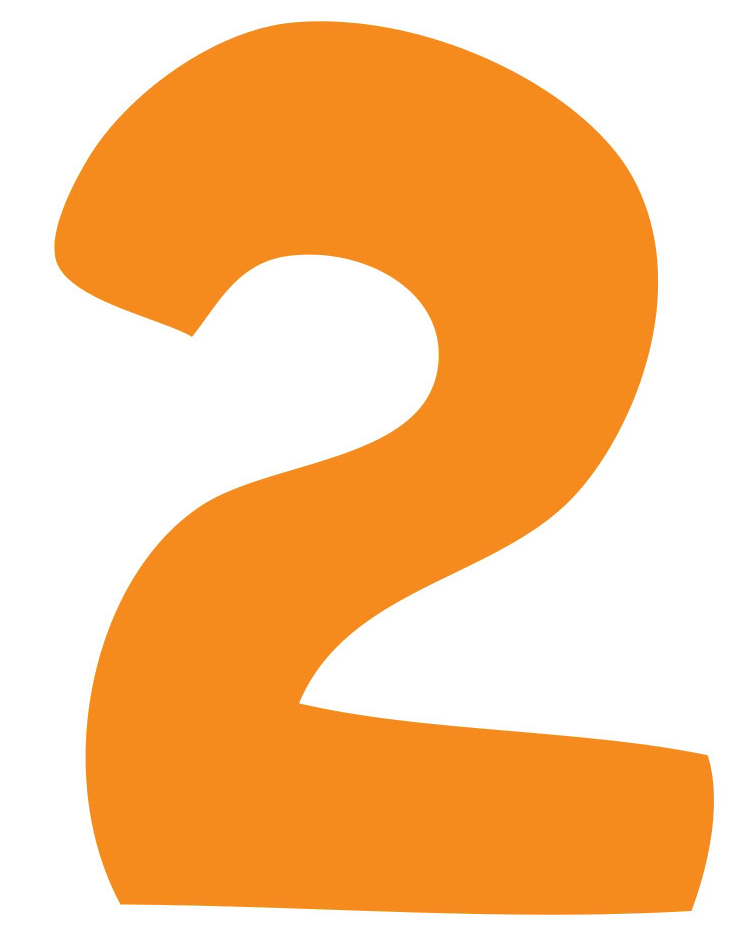
With your brush, paint small dots inside of the jar. To make the work easier, start from the bottom.


Make the dots thick enough and about the size of a pea.

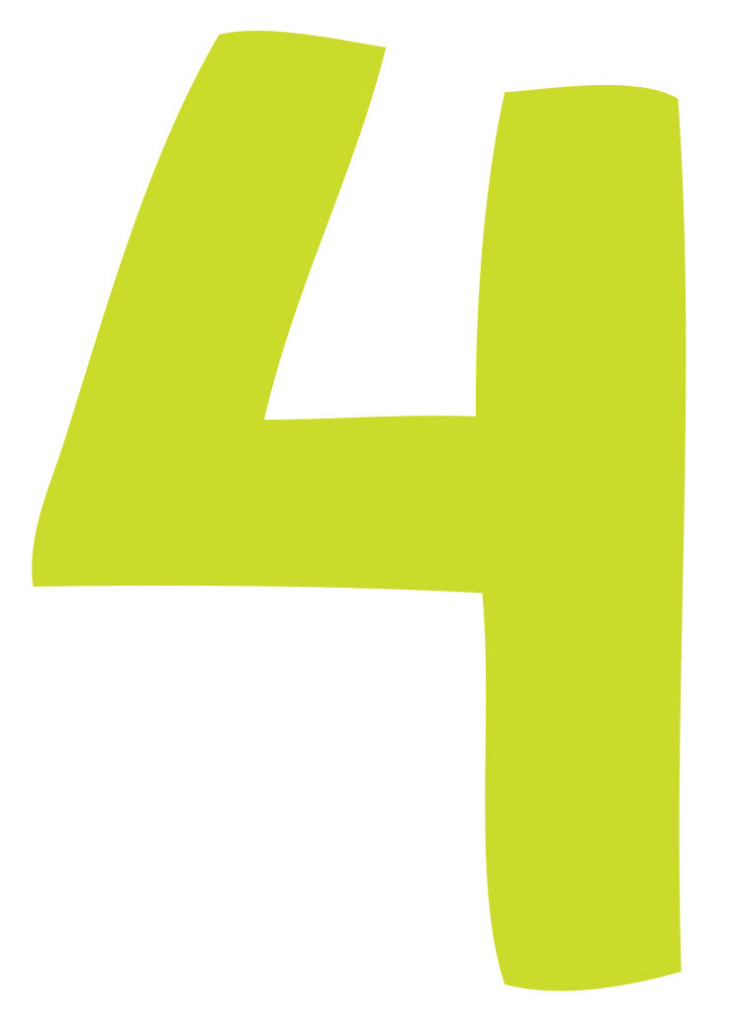
With your brush, paint the cover with liquid glue or phosphorescent paint.


Then sprinkle the glitters in the color of your choice, for a perfect finish.

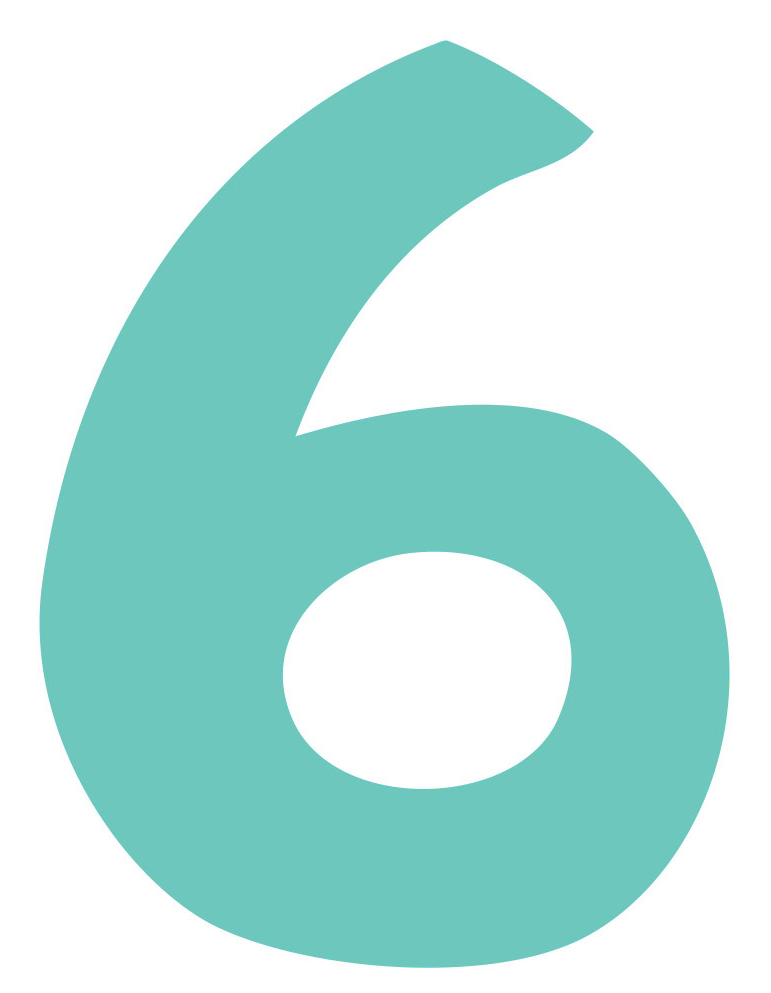
Once finished, place your jar on the window sill so that it is perfectly lit by outside light.

After a few minutes of sun exposure, close the blinds to plunge the room in the dark and observe!
Isn’t that great?
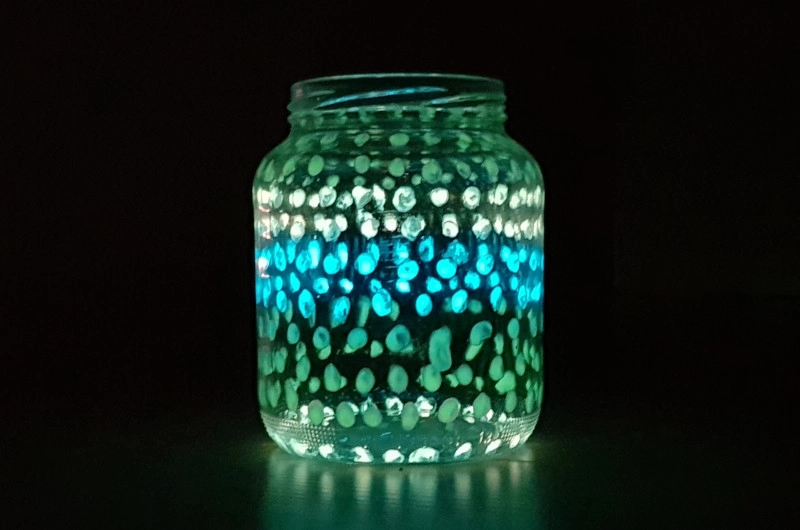

Understand the experiment
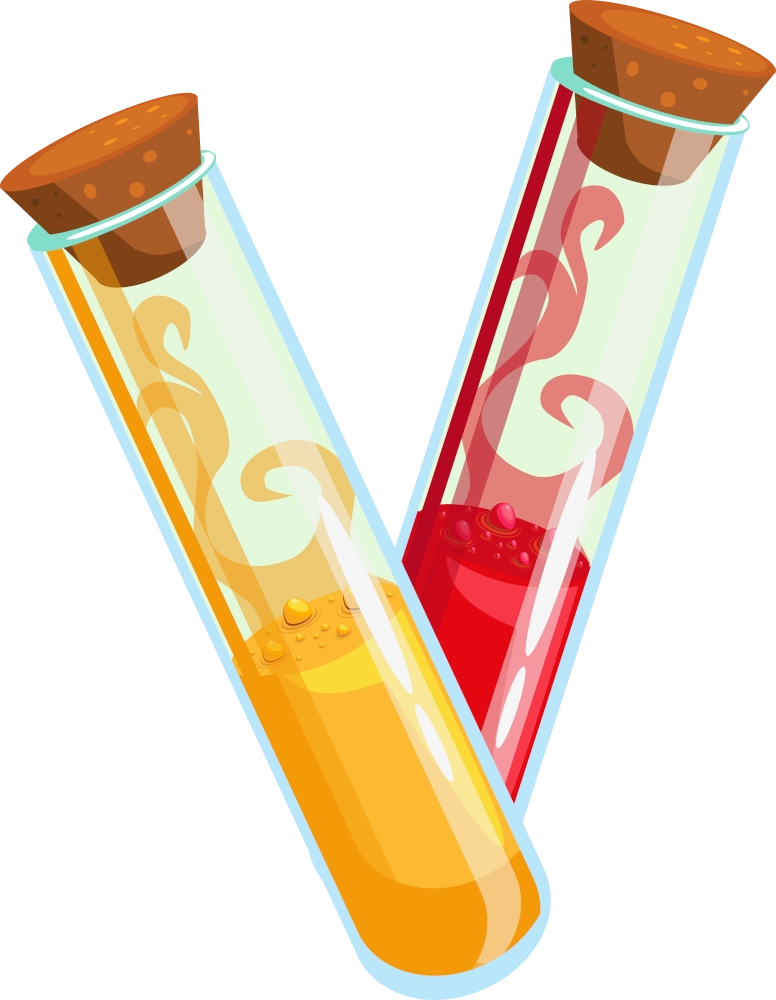
What is light?
Light is an energy that allows us to see the objects around us.
Light travels in space and in the air like a wave. It is said to be an electromagnetic wave.
Light moves extremely fast. Nothing is faster than light.
We distinguish NATURAL light from ARTIFICIAL light.
Natural light is actually linked to a material that burns at very high temperatures. The temperature is so high that matter emits light.
This is called incandescence because light is emitted under the action of heat.
For example, the temperature of the Sun is 5,500 ° C.
Artificial light is produced when humans have supplied electrical energy: this is the case with a light bulb. Under the action of electricity, the metal wire inside heats up so strongly that it emits light.

Why do the lanterns glow in the dark, and not the other objects?
In broad daylight, some objects around you emit light when they receive it from your lamp or the sun. We talk about photoluminescence.
Let’s take an example with a little guy. At night there is no light, the little guy is calm. When the Sun is shining, the little guy gets excited and moves in all directions. To calm down, it releases a lot of energy.
It’s the same for some materials. When they are excited by the sunlight, they calm down by emitting light.
If it releases all of its energy at once and in the form of light, it is said to be fluorescent. Like your highlighters, for example.
If it releases its energy gradually, even in the absence of an external light source, it is said to be phosphorescent.
Did you know?
The firefly is not phosphorescent. It glows in the dark due to a chemical reaction that releases light. We are talking here about chemiluminescence.


Grow peppers from pepper waste
You’ll never buy pepper seeds for your vegetable garden again with this tip. With this simple experience, you will understand what a seed needs to germinate. Does it need light or dark? Is it possible to germinate them faster? […]

Create a colorful rain in a glass
A colorful rain in a glass of water, can you believe it? Here is a […]

Soap bubbles to make invitation cards
Soap is a lot more fun than you can imagine. Use its exceptional power to create multicolor and original invitation cards by taking advantage of the science behind tensioactive properties! […]


